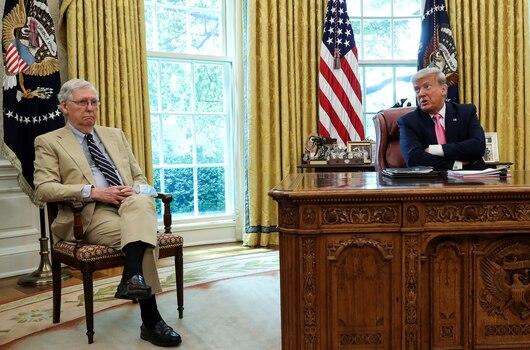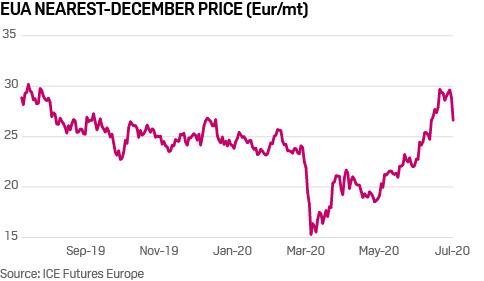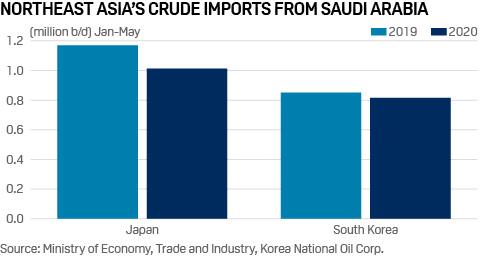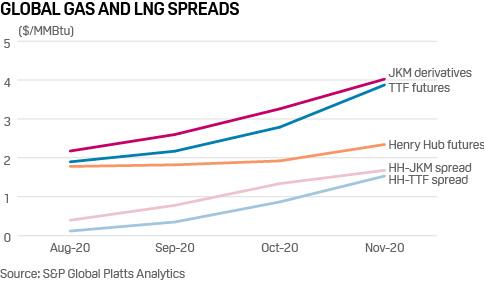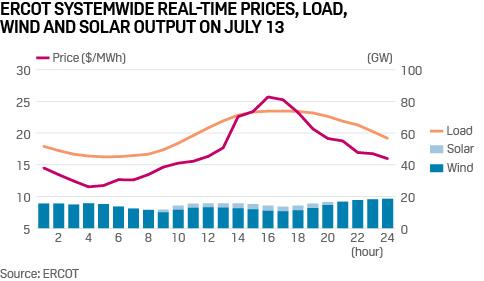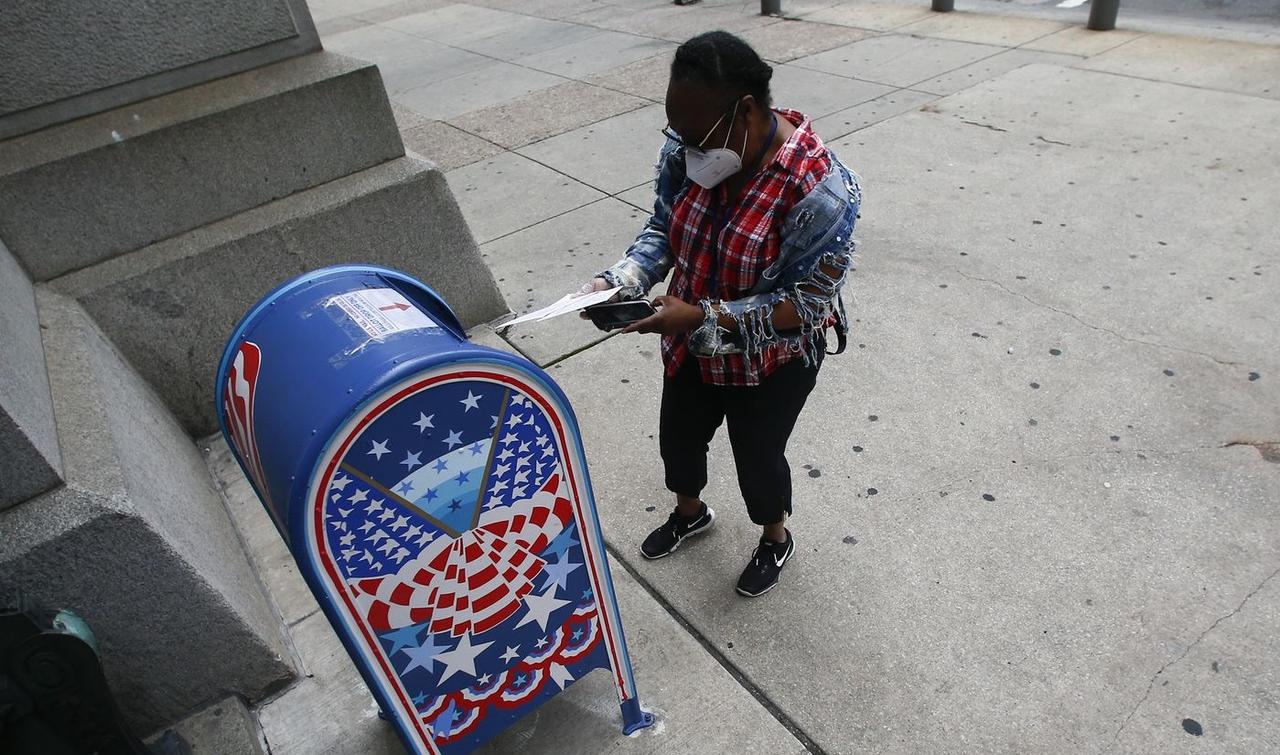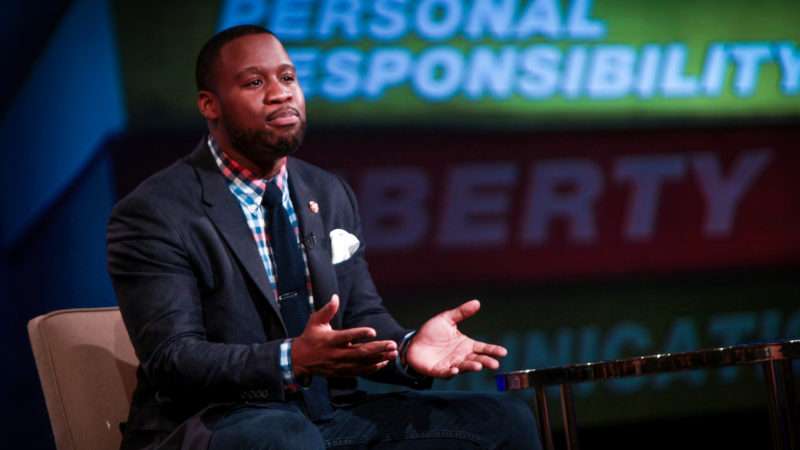Sovereign Man is a little over 11 years old.
And when we started this business, silver was worth $13 per ounce at the time.
My philosophy then, just like today, is that precious metals hold their value over the long-term.
But back then, there was one key indicator that told me an investment in silver could pay off fairly quickly.
In 2009, silver was trading at a ratio of over 70:1 to gold, meaning 70+ ounces of silver was worth 1 ounce of gold.
A ratio of 70 was considered quite ‘expensive’; over the last century or so, the ratio has historically hovered around 50:1, i.e. one ounce of gold was generally worth 50 times an ounce of silver.
And back in ancient times, the ratio was closer to 15:1.
The 70:1 ratio back in 2009 didn’t make sense to me. The panic of the Global Financial Crisis had prompted a lot of investors to buy gold, but silver was largely being ignored.
So we suggested to our readers that silver is a sensible long-term bet.
In fact I wrote in an article on July 7, 2009 that readers consider a long-term futures contract that would lock in the price of silver for two years at just $13.
And sure enough, within two years, the gold/silver ratio had reversed to just 35:1, and the price of silver hit a record high of roughly $50 an ounce.
Now, no financial investment should move up or down in a straight line, and we were concerned that the silver price had risen too quickly.
So, within hours of the silver peak, we sent a note to our readers suggesting that silver may be at a top, and essentially locking in a gain of nearly 300%.
Silver then spent the next few years in the doldrums… until now.
Several months ago when this pandemic became a global issue, the gold/silver ratio hit a record 120:1… and the price of silver fell below $12 per ounce.
Once again, this didn’t make sense to me.
And I’ve written to you several times over the past few months that silver would probably rise, even beyond gold, because of all the Covid response.
Central banks around the world printed trillions upon trillions of dollars, and governments have increased their debt levels even more.
In the United States alone, the national debt increased by three-quarters of a trillion dollars just in the month of June!
And the Federal Reserve expanded its balance sheet from $4 trillion to $7 trillion since the start of the pandemic.
This is not without consequence. Governments are going deeper into debt, and central banks are feverishly printing more money, at a time when economies are barely functioning.
So there’s far more money circulating in an economy that’s producing fewer goods and services… which, again, doesn’t make sense.
Plenty of governments have tried this before; when their economies falter, they just print money and hope the problem goes away.
But typically this just makes the money worth less… and real assets like gold and silver worth more.
Unsurprisingly, silver is now one of the best performing assets in the world; the gold/silver ratio has fallen to 93:1… that’s still considered quite high, but clearly much lower than 120.
And the silver price just hit $19.70 per ounce as I write this– a gain of 68% in just four months.
This means that silver has vastly outpaced the gains in the S&P 500 stock index, and it even outpaced the gains that gold has made since the start of the pandemic.
I believe there’s a very strong case to be made that both gold and silver could continue to perform very well over the next few years.
Around the world we’re already seeing record government debt, record corporate debt, record consumer debt, record central bank balance sheets, record money creation, and plenty of economies still in various stages of lockdown.
This pandemic is far from over… and the economic consequences will linger for years.
My analysis is pretty simple: the more money that central banks print, and the more debt that governments take on, the more valuable gold and silver will become.
Right now, gold is still relatively undervalued when compared to the overall money supply… and silver is still historically undervalued relative to gold.
So, again, there’s a good case that both could still rise from here over the next few years.
But my personal philosophy about precious metals isn’t about trading them to make a quick buck.
And there’s a ton of uncertainty right now… social unrest, political upheaval, massive bailout programs, looming Cold War.
Yes, the world is rarely certain. There are always crises and hotspots and emergencies to deal with.
But the issues that we are dealing with today are genuinely unprecedented in modern times. And we’re dealing with several of them at the same time.
Ordinarily we can have a reasonable amount of confidence in what tomorrow is going to look like… or that six months from now the world will look a lot like it does today.
But the reality is that we have no idea what tomorrow will bring. Another major outbreak? Another lockdown? Another city set ablaze?
So, even though gold and silver still have strong upside potential, I believe it’s this level of uncertainty that’s the biggest reason to own precious metals right now.
from Sovereign Man https://ift.tt/2CvfyJr
via IFTTT
